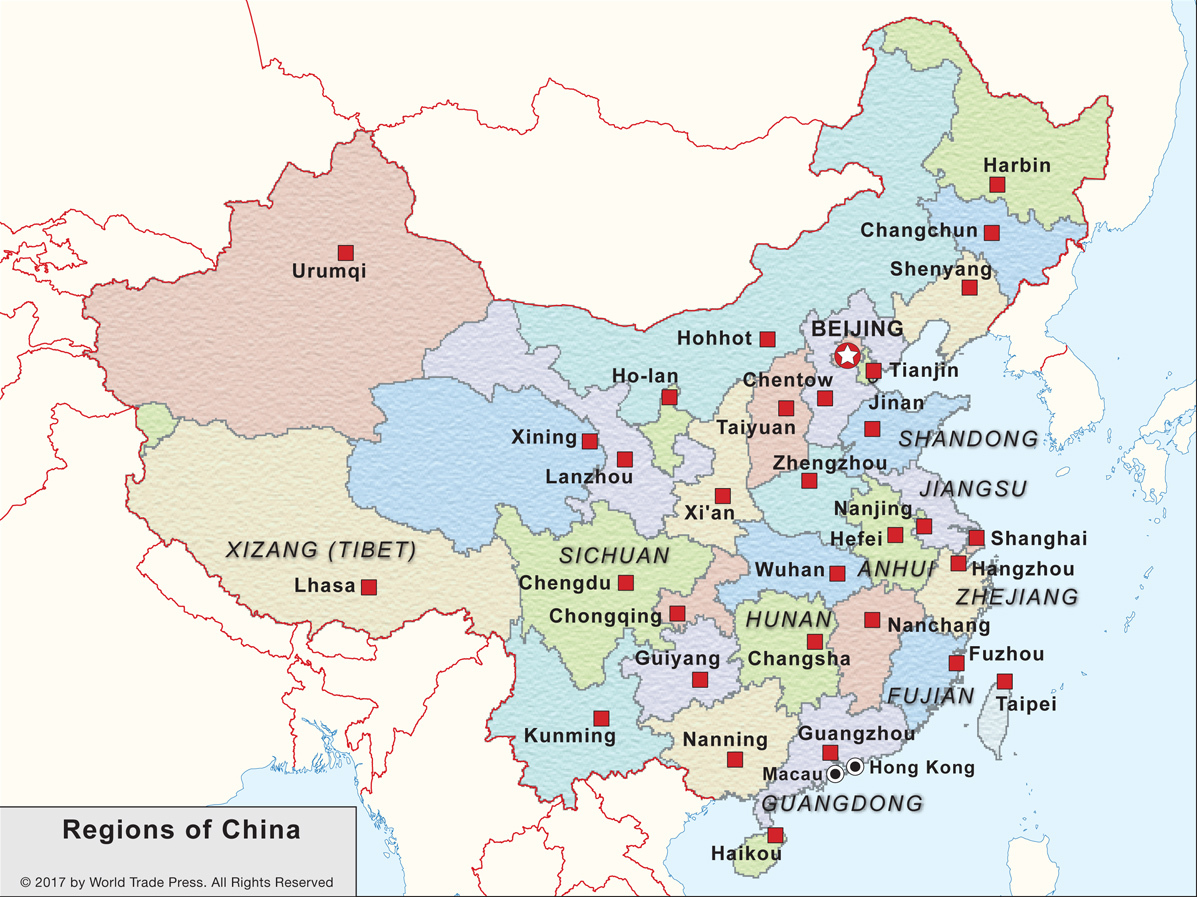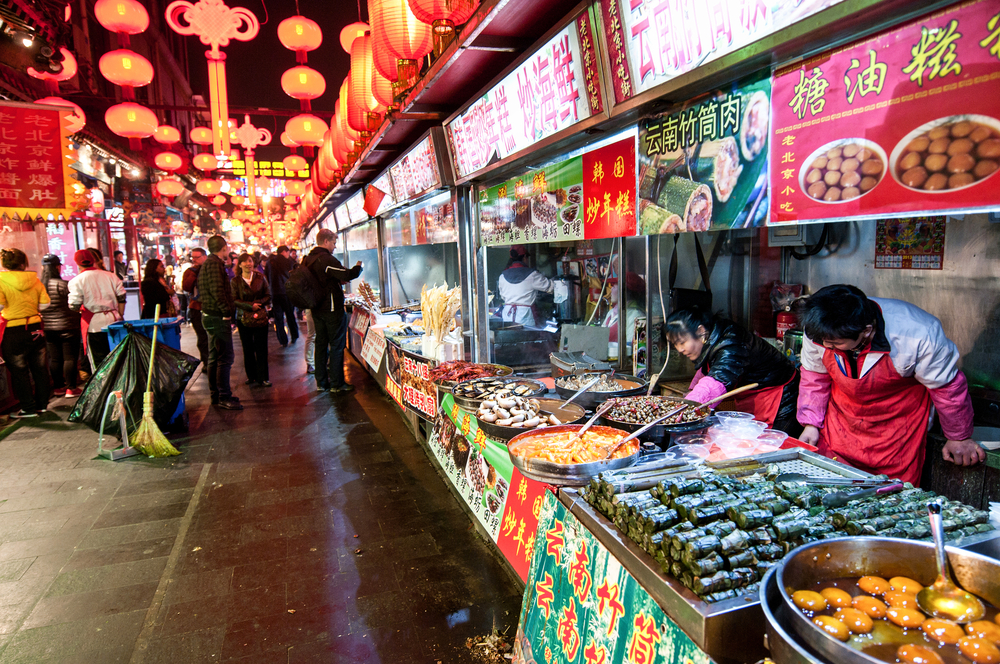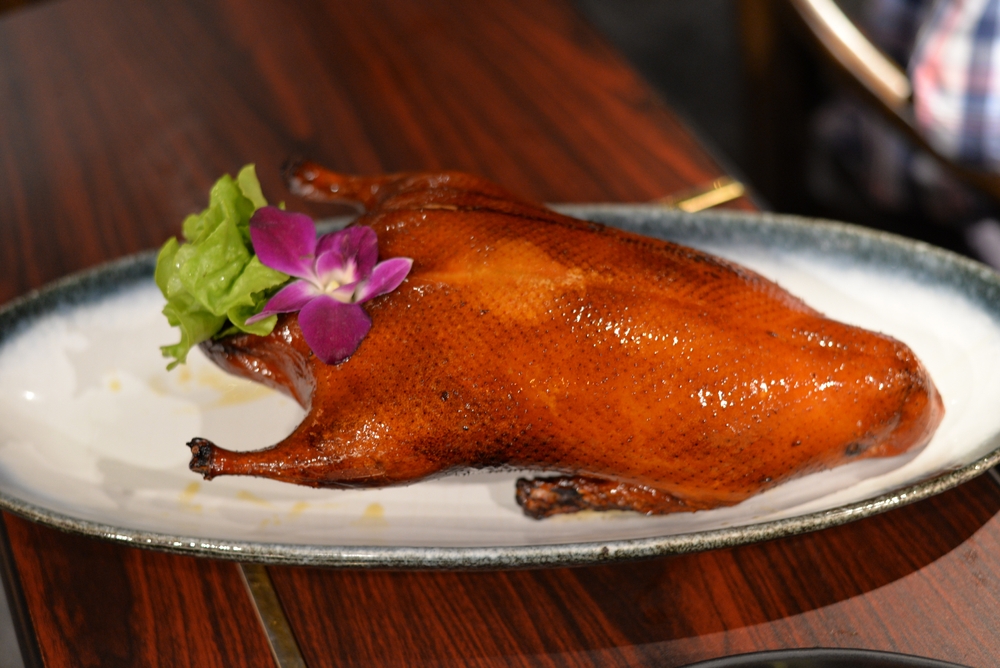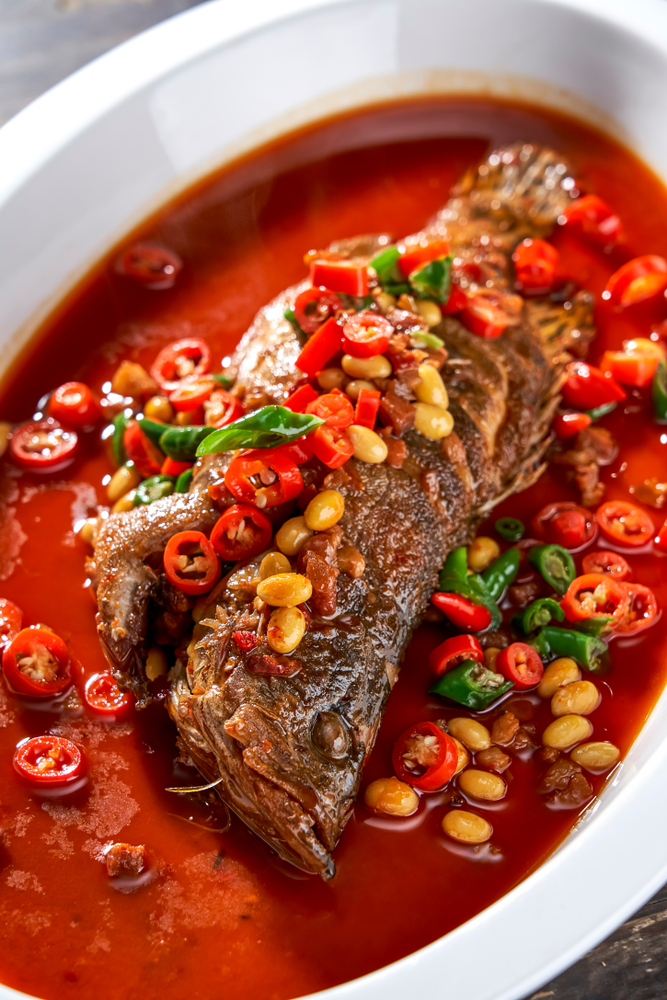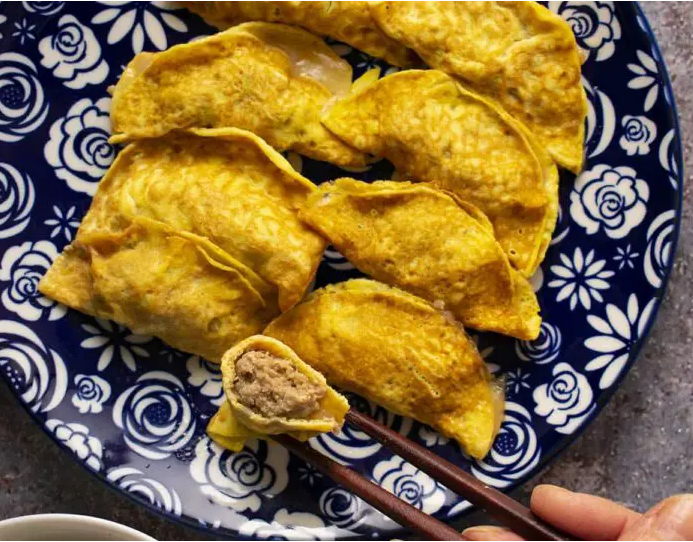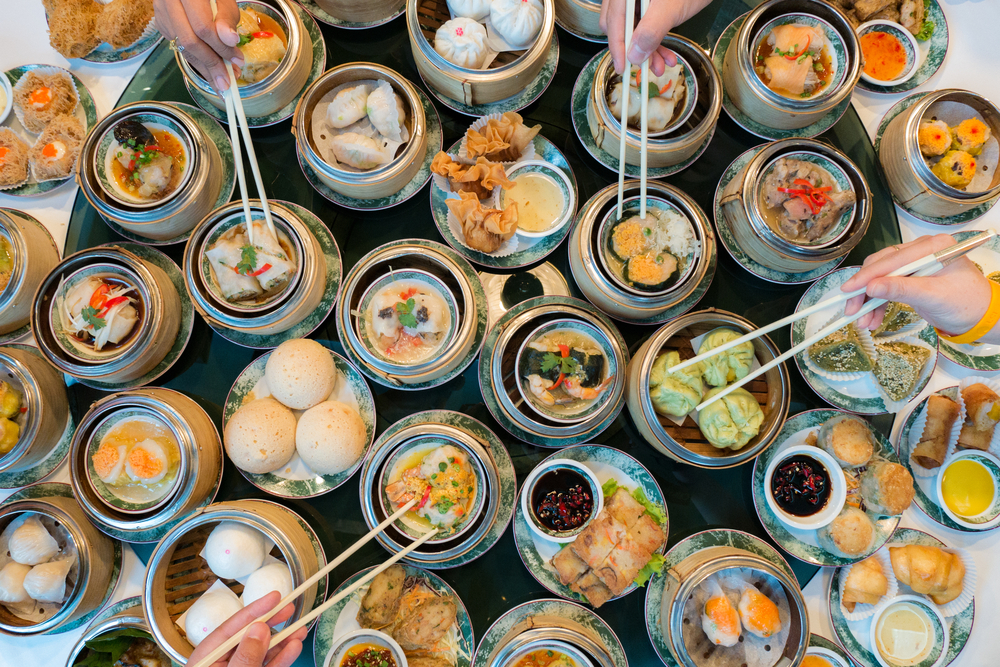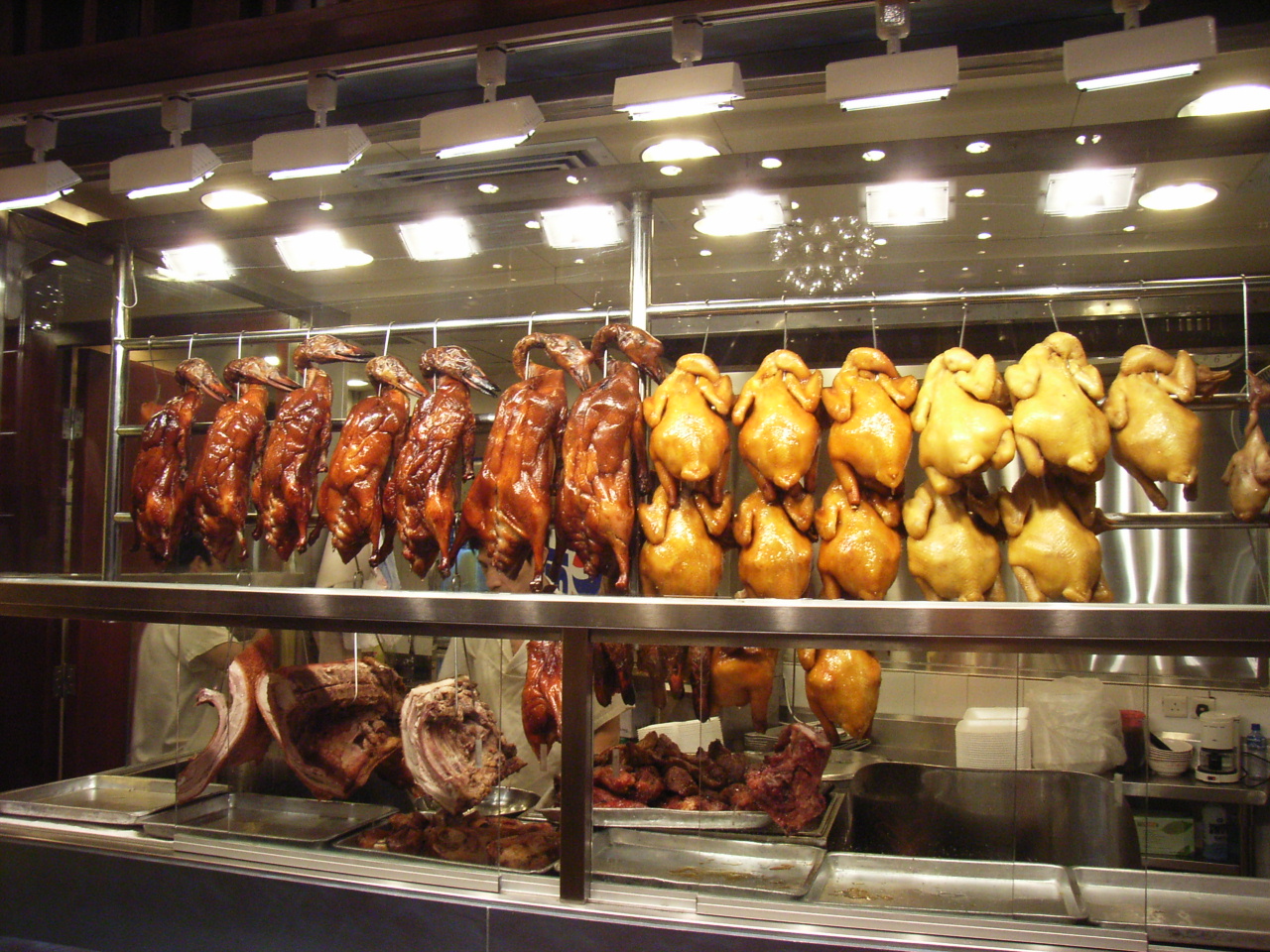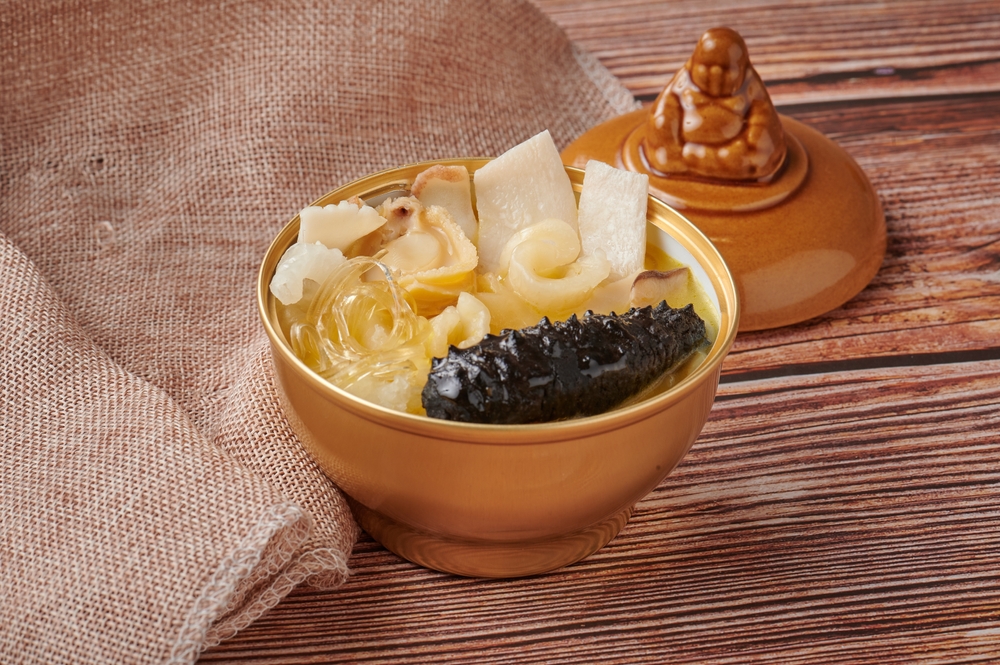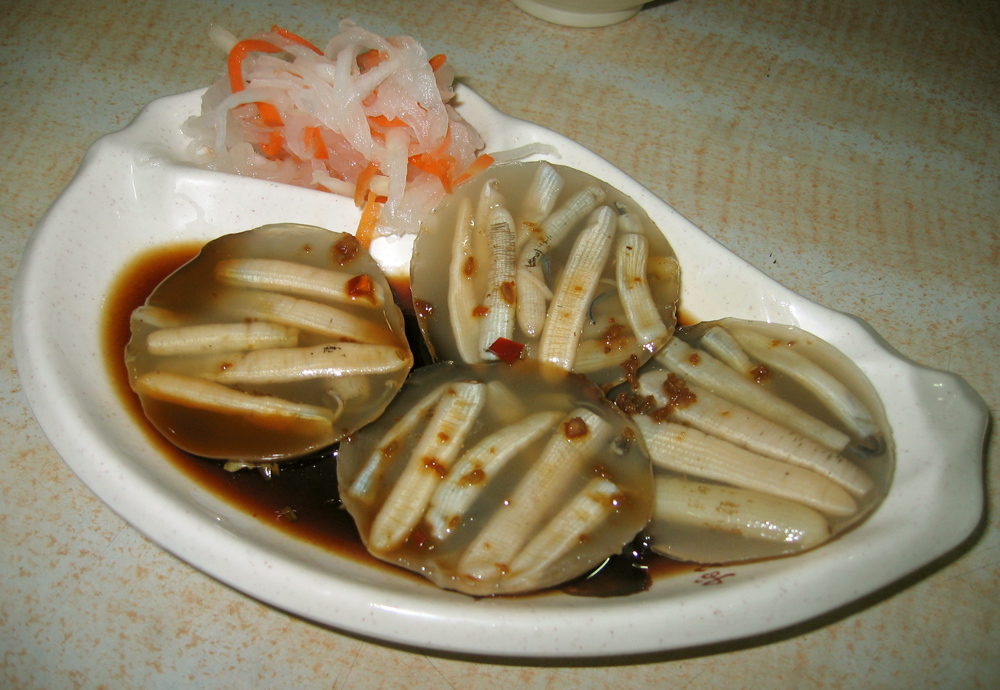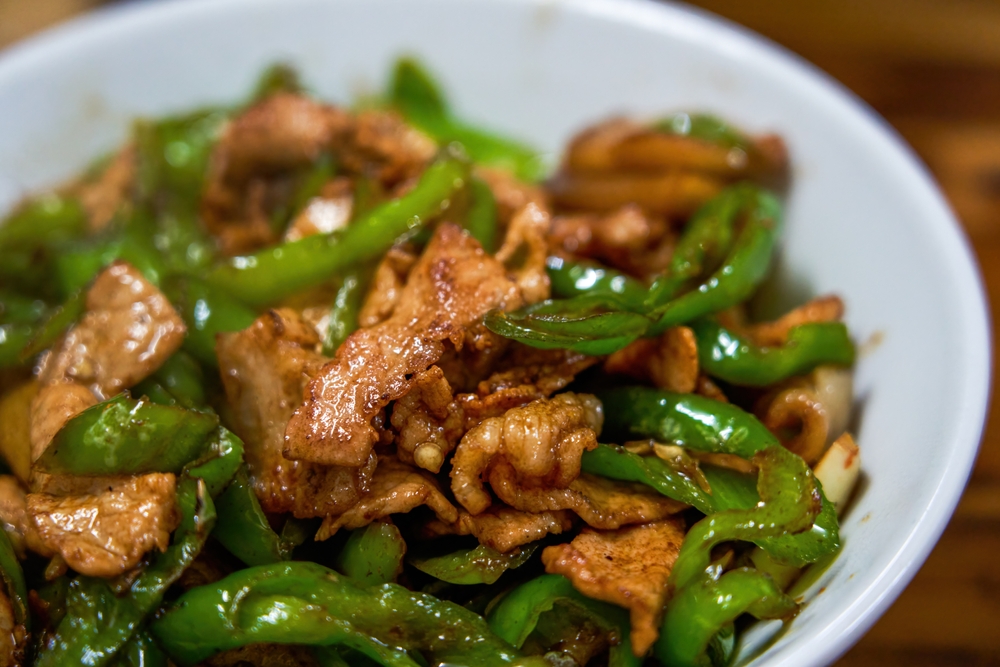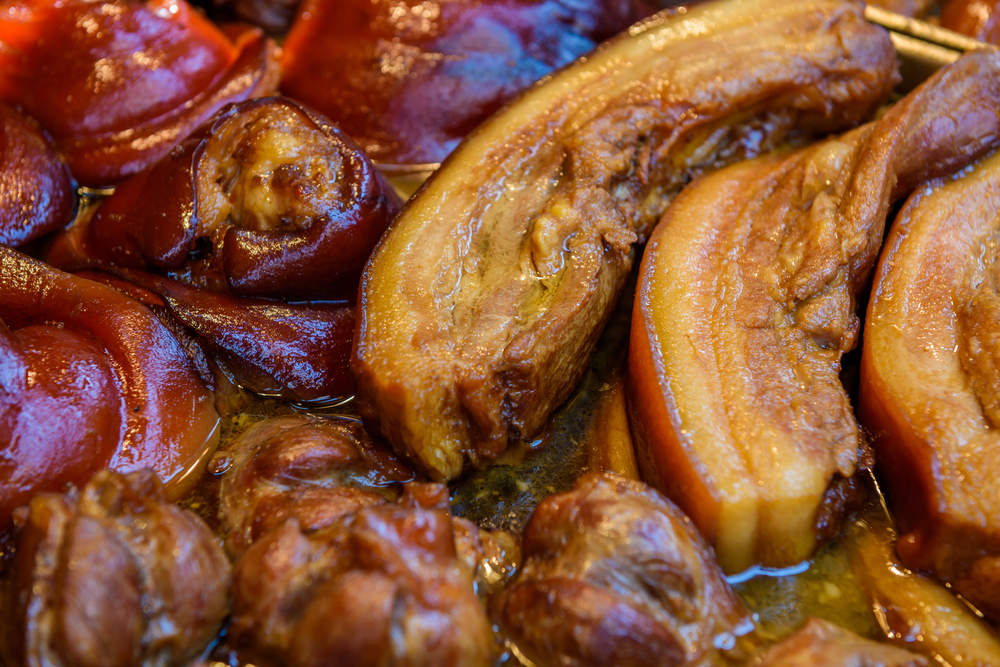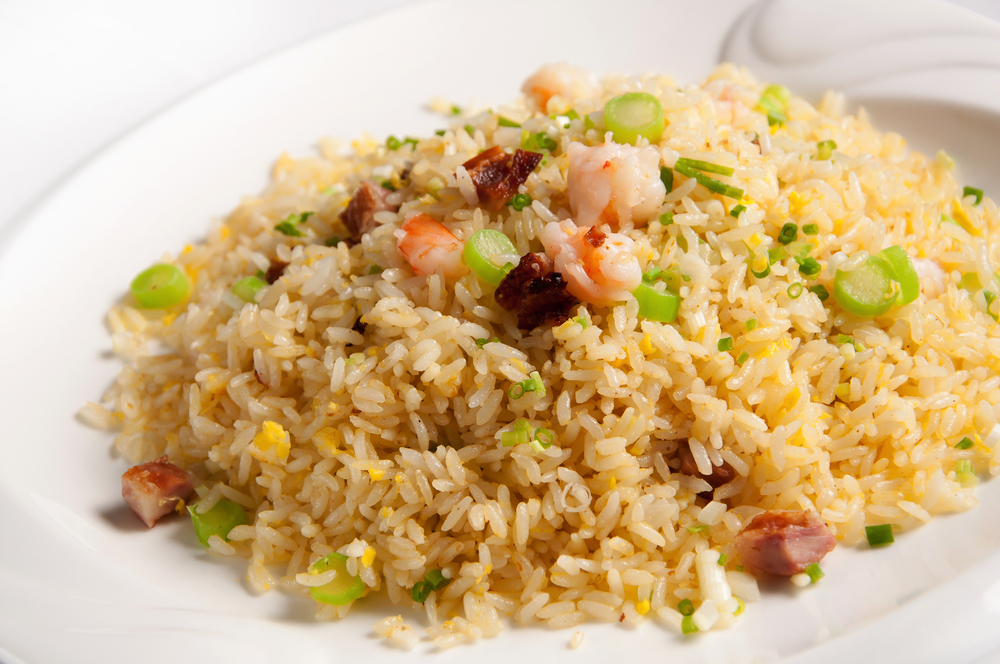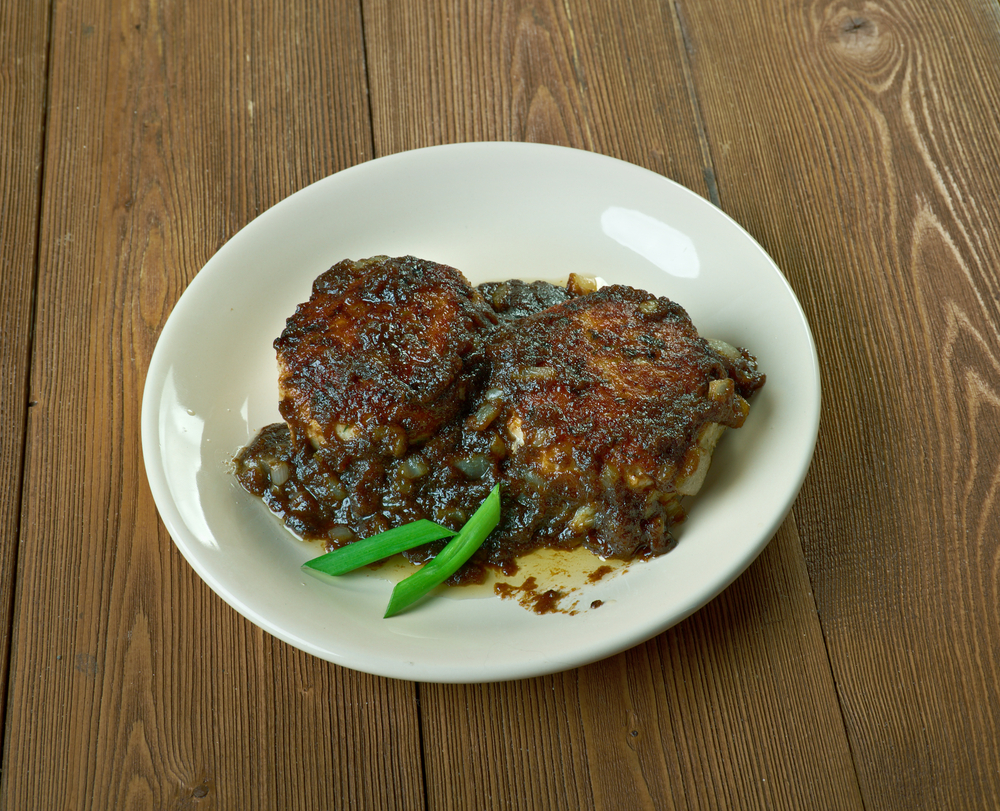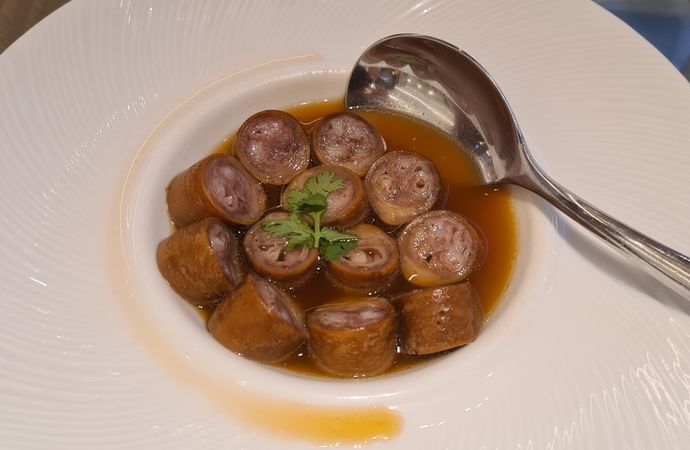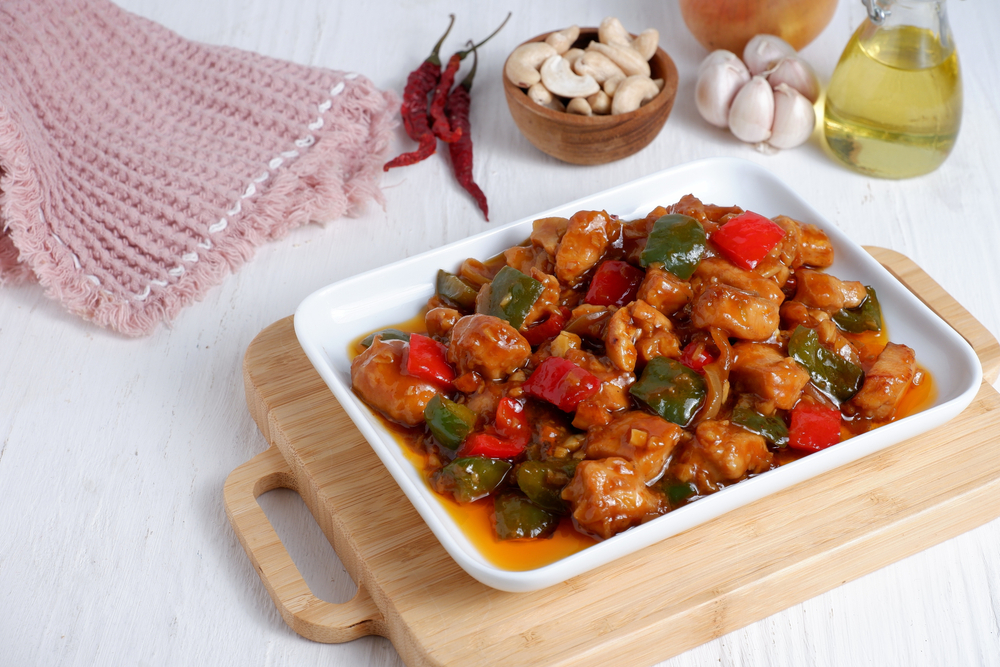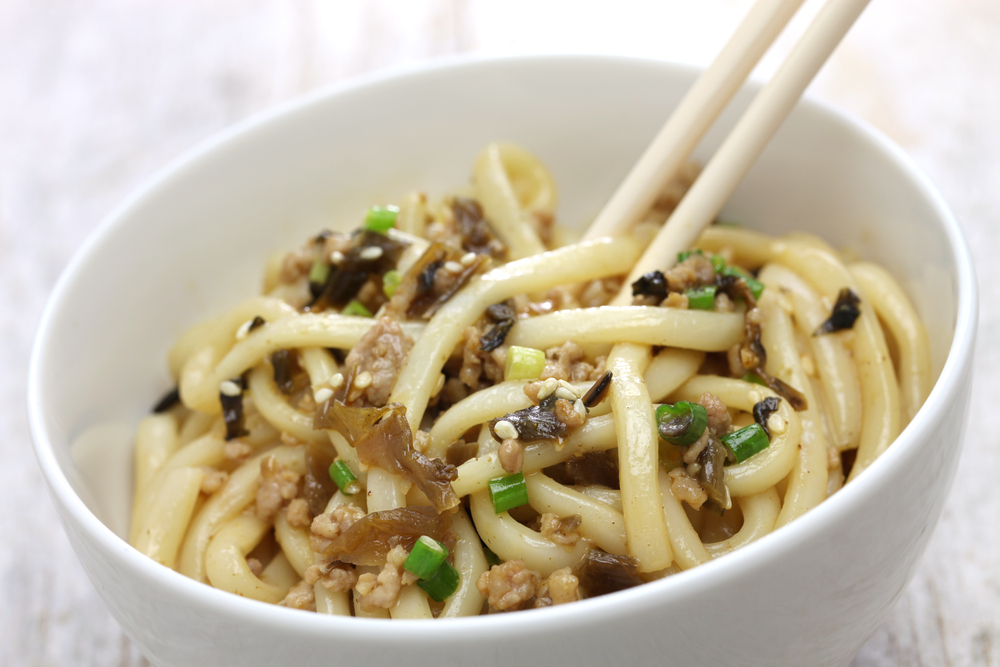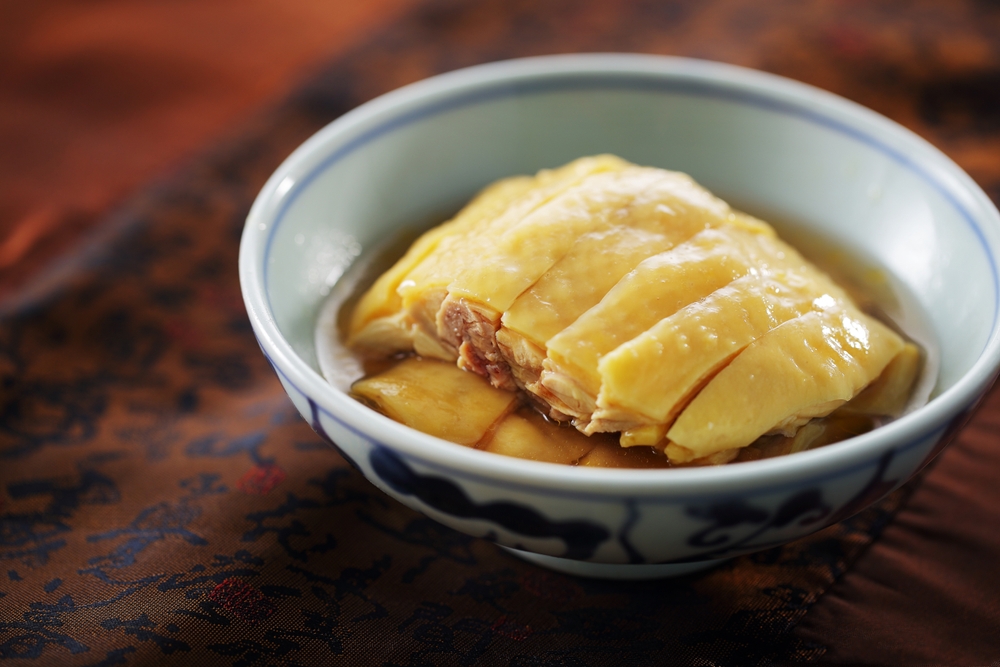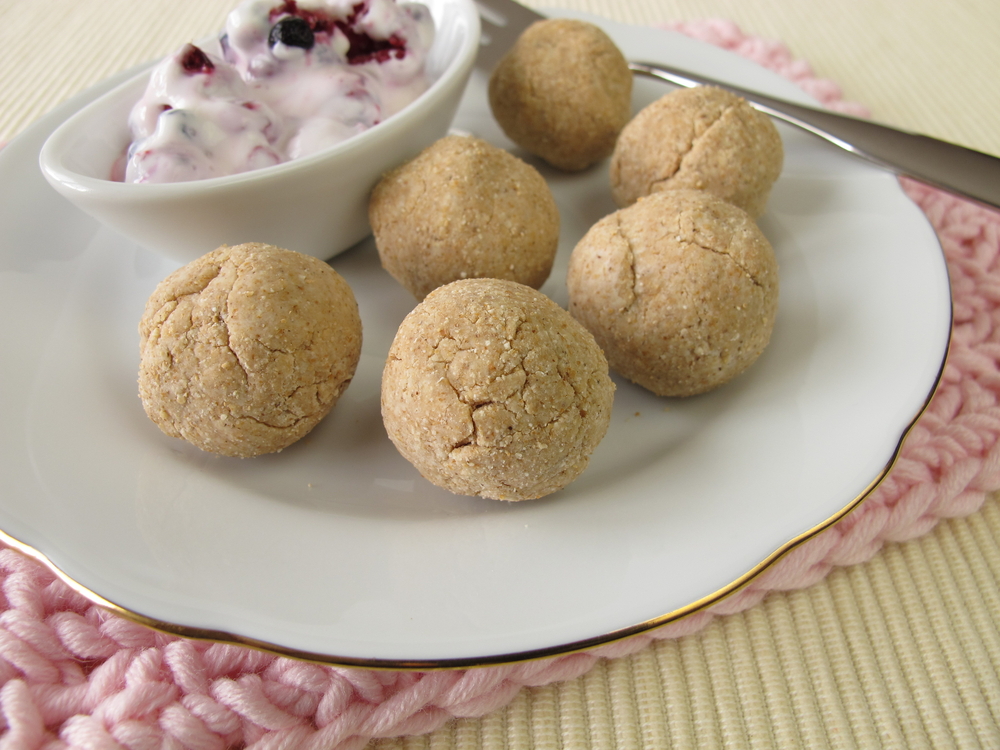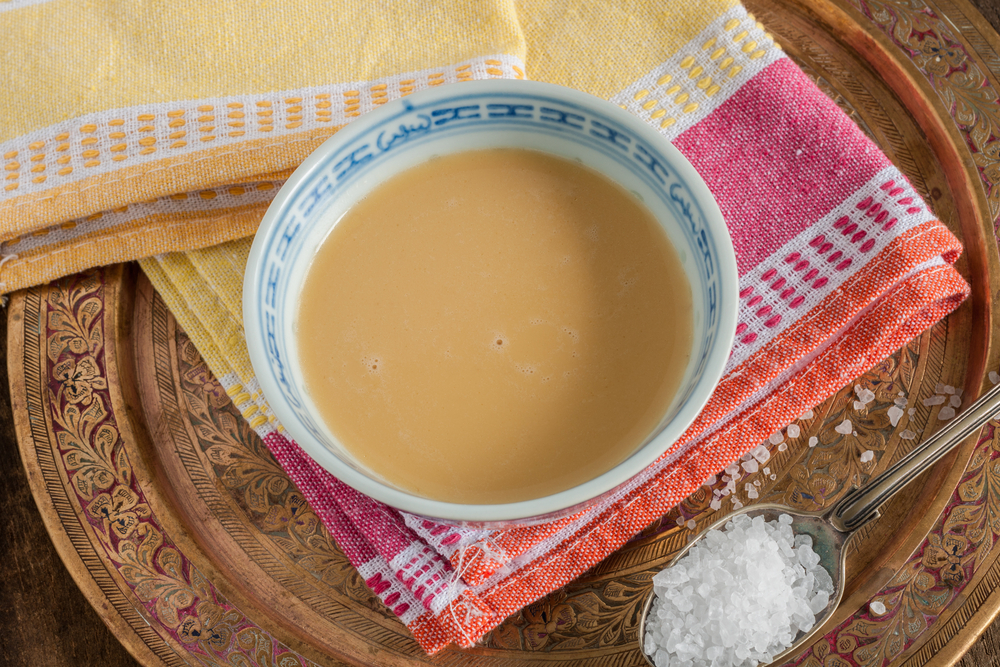Food and Drink: Regional Cuisine
Since China ranks as the world’s largest country by population and the fourth largest by area, it comes as no surprise that the cuisine of China is as diverse as its people and landscapes. Stretching from the subarctic steppes of the North to the tropical coasts of the South, to the rugged Himalayas in the West and the fertile plains of the East, China’s geography and climate shape regional tastes as much as the cultural backgrounds and religious practices of the nation’s 56 different ethnic groups.
In this melting pot of peoples and cultures, there are some undeniable commonalities that link the culinary traditions of this vast nation: meals are virtually always a starch such as rice or noodles accompanied with a meat or vegetable dish served in bite-sized pieces, as nearly all food is consumed with chopsticks.
Regional Variations
The regional cuisines of China follow a rough north-south divide when it comes to the staple grain of choice, with rice in the South and wheat and millet in the North. If each cardinal direction on the map of China were a flavor, the regional cuisines might be roughly plotted as characteristically salty in the north, sweet in the south, sour in the west, and spicy in the east. While these may be the prevailing qualities of regional cuisines, Chinese recipes generally seek to achieve harmony by balancing the five essential flavors—pungent, sweet, sour, salty, and bitter.
Up north, stir-fried dishes like fried bean curd with minced beef and scallions, and pork with shredded ginger are popular. Beijing is known for its succulent Peking Duck. In the northwest, Mongolian hotpot-style dishes are common. In Sichuan, meals are extremely spicy, and smoked and pickled foods are popular. Pork dishes are a regional specialty of Yunnan in the southwest. In Fujian, dried fish, mushrooms, and soy sauce are incorporated into many dishes. The remote western region of Xinjiang boasts robust dishes of broth-cooked pulled noodles, salted vegetables, and fire-roasted herbed lamb. Regional differences are pronounced and generally categorized under the "Eight Great Traditions”: Anhui, Cantonese, Fujian, Hunan, Jiangsu, Shandong, Sichuan, and Zhejiang. These are considered the most influential and widely recognized cooking styles from among the dozens, if not hundreds, of regional and ethnic minority cuisines in China.
Beijing
Beijing has been the capital of China for nearly a millennium, making it the undisputed center of Chinese political, cultural, and culinary life. Its food, called jing cai, or “cuisine of the capital,” is as diverse as the inhabitants of the teeming city. For much of the second millennium CE, Beijing was the world’s largest city in terms of population, and today, it is the world’s third-largest city, a vibrant nexus of domestic and international influences. Historically, the best chefs from around the provinces were sent to Beijing to cook for the emperor at the Forbidden City. This practice brought the top chefs from around the empire together, introducing novel ingredients and regional cooking styles to the royal court—and fellow chefs—creating a grand imperial cuisine influenced by the entire empire.
On the other side of the social spectrum, Beijing has a centuries-old tradition of street food, with guilds of vendors providing food to the working classes. These street snacks—typically fried, and flavored with dark soy sauce, sesame oil, scallions, and fermented tofu—are Beijing’s signature style. The city’s street food contains perhaps the most authentic examples of true Beijing recipes, as formal main dishes were generally introduced to the royal court by chefs from other parts of China, after which they eventually filtered down into all strata of society.
Roast Peking duck. Seasoned and slow-roasted, this iconic dish carries the name of the city and was a court favorite in the imperial era. It’s now a symbol of Chinese food adored by people of all walks of life and can be found at both the finest restaurants and street food stalls alike.
Fuling jiabing. This pancake is a popular street food in Beijing, filled with fu ling, a fungus used in traditional Chinese medicine that is purported to support digestion and calm nerves.
Kai kou xiao. This cake is made of wheat flour, egg, sugar, and sesame seeds, which are cooked in peanut oil on a hot skillet, causing the cakes to break open. Resembling a mouth, this crack gives the cake its name, which translates as “open mouth and smile.”
Anhui
Anhui is a large agricultural province located in the center of China’s eastern seaboard, at the confluence of the basins of the Yangtze and Huai rivers. This landlocked province is known for its use of river fish, wild game, and fresh herbs, along with salty and spicy flavors. The subtropical climate makes this region particularly suitable for the cultivation of produce such as mushrooms and bamboo.
Anhui cuisine makes excellent use of simple yet satisfying cooking methods that reflect the province’s humble, rural roots. Braising, steaming, and stewing are common, and compared to other regional cooking styles, deep-frying and stir-frying are much less common. Anhui cuisine is similar to that of Jiangsu Province, but with less seafood and a greater emphasis on seasonal ingredients.
Egg dumplings (dànjiǎo). While dumplings in most parts of China are made with a wheat casing, Anhui is famous for its egg-wrapped dumplings. A beaten egg is heated into a round form, making it solid. Pork stuffing is then added, and the dumplings are steamed and served with soy sauce.
Li Hongzhang hotchpotch. This is a salty stew with complex flavors arising from the sheer number of ingredients, which include sea cucumber, squid, tofu, ham, mushroom, chicken, and vegetables. It is named after Li Hongzhang, a statesman from Anhui who is said to have spontaneously come up with this recipe based on the ingredients he had in the kitchen to serve at an impromptu visit by American guests.
Fuliji poached chicken. Boned chicken is first fried in sesame oil, caramelizing the skin, and then gently poached in herbed water, resulting in a tender, fall-off-the-bone meat.
Guangdong
According to traditional saying, Guangdong (traditionally romanized as Canton) is the place in China when it comes to food: “Eat in Guangzhou, clothe in Suzhou, play in Hangzhou, die in Liuzhou.” The province of Guangdong is located on the southern coastline, giving the local cuisine an abundance of seafood and fish. The regional ports of Guangzhou and Shenzhen, along with nearby Macao and Hong Kong, have also brought in new ingredients from around the world—Portuguese spice traders, for instance, introduced the chili pepper to China in the 16th century, and the cuisine of Guangdong, perhaps better known as Cantonese food, was forever changed.
Due to extensive international trade and immigration abroad from this region, the global conception of Chinese food is heavily influenced by the idiom of Cantonese cooking. The Cantonese language has also given English a number of words from Cantonese cooking, such as lo mein, bok choi, tofu, dim sum, ketchup, Hoisin sauce, wok, and wonton.
Cantonese cuisine is considered one of the most prestigious in Chinese cooking, noted for its well-balanced recipes, moderate use of spices, and use of steaming and stir-frying to highlight the natural flavors of the fresh ingredients. Cantonese chefs are known for incorporating all edible parts of the animal, including offal, as well as more exotic proteins like snake, poultry feet and tongue, frogs, and snails. Key flavors include scallion and sesame oil, sugar, soy sauce, rice wine, ginger, chili pepper, black pepper, and star anise.
Dim sum. This is a famously Cantonese style of cooking and dining, characterized by serving bite-sized portions of food in steamer baskets. At dim sum restaurants, waiters bring around a cart to diners, who choose what they would like to eat. Typical dim sum dishes include savory dumplings filled with shrimp or pork, steamed barbeque pork buns, meatballs, spare ribs, and sweet dishes like tofu pudding, sesame buns, or egg tarts.
Sui mei. This refers to the Cantonese method of slow-roasting meats such as duck, pork, or chicken on spits over an open fire or in a wood-burning oven—a typical sight at local night markets. These meats are generally purchased as take-out, since most families in this region of China do not have ovens in their home kitchens.
Orange cuttlefish. Whole cuttlefish or squid are slow-grilled, giving the outside a crispy texture while keeping the meat moist. The orange color comes from food coloring added to enhance the appearance. This dish is served with salty black soy sauce.
Seafood birdsnest. This dish is a mainstay of Cantonese celebrations and can often be found on the menu at overseas Chinese restaurants. Stir-fried seafood and vegetables are piled atop an edible “nest” of fried noodles or taro. The crunchy texture of the nest contrasts with the tender seafood.
Fujian
This southwestern coastal province is one of the nation’s most linguistically and culturally diverse. Described as “eight parts mountain, one-part water, and one-part farmland,” the typical ingredients of Fujian cuisine include fish and seafood, mushrooms, and bamboo shoots. The region was a rural backwater for centuries, prompting waves of migration abroad. In fact, most of the Chinese living in other parts of Asia came from this region, giving Chinese food in other Asian countries a distinctly Fujian flair.
Fujian cuisine is noted for finely sliced meats and vegetables, shrimp oil and fish sauce, and red yeast rice. Delicate soups and broths are an essential part of daily life—according to a local saying, a meal is incomplete without soup. Fujian dishes tend to showcase the unadulterated flavors of the main ingredient by using cooking methods such as braising, steaming, stewing, and boiling. The province’s cookery is also known for its intricate and elaborate presentation methods. Compared to other regional cuisines of China, Fujian places a strong emphasis on the fifth taste, umani.
The region is also famed for its tea. The English word is actually a loan from the local Hokkien dialect ("tea" is pronounced as chá in Mandarin and Cantonese), and the traditional Gongfu Chinese tea ceremony originated in Fujian.
Fotiaoqiang. Also known as “Buddha’s Temptation” or “Buddha Jumps Over the Wall,” this is a classic imperial delicacy made of some 30 ingredients, including shark fin, abalone, dried scallops, pig’s trotters, and pigeon eggs, along with other meats and vegetables. The dish takes its name from its tempting aroma: according to legend, the scent of the simmering soup is so enticing that it made a Buddhist monk abandon his vows of vegetarianism, leaping over a wall to get a taste for himself.
Fujian red wine chicken. Boned chicken is braised in a brew of red yeast rice and misua noodles, a type of thin, salted wheat noodles from Fujian. The slightly sweet, complex noodle soup is often served at birthday celebrations, since long noodles connote luck.
Yanpi. Meaning “swallow skin,” yanpi is a type of wonton wrapper made from lean pork mixed with glutinous rice. The mixture is then pounded into a paste, rolled into thin skins, and filled with meat.
Sea worm jelly. This is an aspic made of sipunculid or peanut worms. Harvested from Fujian’s subtidal waters, these large unsegmented worms release a collagen substance when boiled, which serves as a natural pectin. Known as “earth bamboo” in the local language, it is made into a jelly and served with spicy sauces.
Hunan
The cuisine of the southeastern Hunan province has a reputation for being the spiciest in China, making liberal use of chili peppers, pungent garlic, and shallots. Sour is another dominant note, with pickled vegetables a common accompaniment. Along with Sichuan cuisine, Hunan is among the oiliest regional cuisines in China, with techniques such as stir-frying and deep-frying being the most common preparation methods. Meats are often cured or smoked.
Chairman Mao Zedong, who hailed from the province, often praised his native cuisine and was known to love chili pepper so much he would sprinkle it on fresh fruits. He even once famously proclaimed that “you can’t be a revolutionary unless you eat chilies.”
One explanation for the regional love of chili pepper has to do with the humid climate: in traditional Chinese medicine, illness arises from an imbalance between the hot and cold or damp forces within the body, and chili makes one sweat, releasing humoral dampness. Vinegar, another key ingredient in the local cuisine, not only adds a pleasant tang to dishes, but also is believed to cool the body in hot weather. As Hunan is one of the most productive agricultural regions in China, its cuisine is highly seasonal, with “hot” dishes served in the winter, and “cold” dishes eaten in the summer to balance the humors.
Hunan pork with peppers. This simple but classic Hunan stir-fry is sometimes called “small farm pork” due to its common and easily available ingredients that embody the prevailing flavors in the local cuisine: pork belly, chili peppers, onion and garlic, and soy sauce.
Dong’an chicken. This cold, parboiled chicken recipe is one of Hunan cuisine’s signature dishes, dressed with a sauce of chili peppers, peppercorns, rice vinegar, scallions, and ginger.
Hongshao rou. Said to be Chairman Mao’s favorite dish, hongshao rou is a recipe of pork belly in a sauce of soy sauce, chili, sugar, and rice wine, braised until it is very tender. The braising process reduces the liquid, resulting in a decadent sweet and spicy sauce.
Jiangsu
The gastronomy of Jiangsu, a coastal province along the central-eastern seaboard of China, includes the sub-regional cuisines of the major cities of Yangzhou, Suzhou, and Nanjing. Jiangsu’s cuisine is considered one of the most refined styles of cooking in China, noted for its emphasis on soft textures, matching flavors and colors, and elaborate presentation style. Typical ingredients include fish and seafood, bamboo shoots, mushrooms, water chestnuts, and duck. Dishes are almost never spicy and tend to combine sweet and salty flavors to create a delicate and subtle flavor profile. Preparation methods such as stewing, braising, and simmering showcase the flavors of fresh, seasonal ingredients.
Yangzhou fried rice. Now popular throughout the world as house or special fried rice, this classic recipe dates to 18th century Yangzhou, where it was said to be invented by a regional magistrate. Pork, shrimp, scallions, eggs, and sea cucumber are added to day-old rice, then wok-fried.
Lion’s head. These large, minced-pork meatballs come in two varieties: white, boiled in cabbage soup, or red, stewed in soy sauce. Chopped water chestnuts are often combined with the minced meat to add texture. The name comes from the appearance of the meatball surrounded by cabbage in the soup, which is said to recall the head and mane of a lion.
Dazhu gansi. This delicacy is a soup of shredded dried tofu in chicken broth, accompanied by other meats and vegetables. The emphasis is on the careful layering of flavors and finely chopped ingredients.
Shandong
The northern coastal province of Shangdong is located at the crossroads of the north-south and east-west trading routes, making it an economically powerful province since antiquity. Chefs from Shandong were particularly influential at the imperial court of Beijing, inflecting northern Chinese cuisine with the Shandong idiom.
Confucius was born in Shandong, and his philosophy also influenced the local cuisine. In the Analects, Confucius urges against eating foods that are not made with the proper seasonings, and this might be considered a maxim in Shandong cooking: spices and seasonings are carefully selected to enhance the natural flavors and textures of the main ingredient. The preferred method of cooking is stir-frying at a very high heat, which seals in flavors without adding too much oil.
With its long coast, seafood plays a prominent role in Shandong cuisine. Temperate grain crops grow well here, and wheat, millet, barley, and maize are important staples. Shandong is China’s leading producer of vinegars, which are used liberally in local dishes.
Dezhou braised chicken. From the city of Dezhou, this dish is first deep-fried and then slow-braised with fragrant spices, resulting in meat so tender it falls off the bone.
Congshao haishen. Finely chopped sea cucumber is stir-fried and served with spring onions.
Braised intestine in brown sauce. In this classic dish in Shandong cooking, pig intestine is carefully cleaned before being plunged into spiced boiling water. It is then braised and fried with a hearty brown sauce.
Sichuan
Sichuan cuisine is categorically flavorful: dishes can be spicy, sweet, sour, salty, bitter, smoky, or flowery—sometimes all at the same time. At the center of this complex whirlwind of flavor is the famous Sichuan peppercorn, which is actually a berry of the prickly ash tree. Sichuan peppercorns have an intense lemony note and produce a tingling, slightly numbing sensation in the mouth.
Compared with neighboring Hunan cuisine, which is just downright hot, Sichuan cuisine is robust, savory, and bold, noted for its use of chili and black peppers, garlic, peanuts, and sesame. Compared to other regional cuisines, Sichuan makes extensive use of spices, including the “Five Fragrances”: fennel, pepper, aniseed, cinnamon, and cloves. Broad bean chili paste, made of fermented broad beans and soybeans with salt and rice, is another important seasoning. Pork, and to a lesser extent beef and rabbit, are the main proteins.
The Sichuan basin is a fertile agricultural region known for its abundant vegetable production. The region’s hot, humid summers and damp, cold winters are a popular folk explanation for the local love of chili pepper. Like in neighboring Hunan, chili peppers, which induce sweating, are thought to promote health by driving out the “dampness” from the body.
Kung Pao chicken. This spicy stir-fry consists of chicken with peanuts, vegetables, chili peppers, and Sichuan peppercorns. The recipe is a mainstay of westernized Chinese menus, though typically less spicy than the original Sichuan recipe.
Zhangcha duck. Not all Sichuan dishes are piquant, and tea-smoked duck is perhaps the finest example. This classic Sichuan banquet dish is prepared by smoking marinated duck meat over camphor tea leaves.
Twice cooked pork. In this traditional recipe, pork belly is first simmered in spiced water and then wok-fried in a spicy sauce of rice wine, Hoisin sauce, soy sauce, sugar, ginger, and chili bean paste, along with vegetables such as cabbage, peppers, and scallions. The Chinese name translates to “returned pot meat,” referencing the second round of cooking.
Dandan noodles. A spicy broth with preserved vegetables, minced pork, scallions, and wheat noodles, this noodle dish is a staple of cheap and satisfying Sichuan street food. The name refers to the carrying pole called a dan traditionally used by street vendors to hawk their fresh noodles.
Zhejiang
The province of Zheijang is located on the eastern seaboard, south of Shanghai. Centered around the former Chinese capital of Hangzhou, Zheijiang cuisine is particularly mild and mellow in seasonings, with an emphasis on fresh seafood. Bamboo shoots are ubiquitous, and are used to add texture to a dish. Salt is a dominant ingredient, and many Chinese consider Zhejiang cuisine particularly salty. Vinegar is another key flavor, and Zheijiang is home to the city of Shaoxing, which is famous throughout China for its eponymous rice vinegar. The region is also noted for its sweet confections and desserts, using beans, rice, and wheat.
Ningbo salty crab. Crabs are immersed in a bath of brine and left to cure for a day or two.
West lake fish in vinegar gravy. Whole carp is quickly stir-fried and served with a brown sauce of vinegar, ginger, soy sauce, sugar, and green onions.
Drunken chicken. After marinating in local Shaoxing rice wine vinegar, poached chicken is cut into small pieces and served cold. The process of marinating both tenderizes the meat and infuses it with flavor.
Tibet
Encompassing nearly a quarter of all Chinese territory, the Tibet Autonomous Region, located in the far west of the country, is marked by its rugged and harsh terrain. In the cold and arid landscape of the highest region on earth, cultivating fruits and vegetables was nearly impossible until the introduction of greenhouses in recent years. Accordingly, the local cuisine is dominated by noodles made from barley, a robust grain that thrives in cold weather. Herd animals such as sheep, yak, and goat are raised for their meat and milk. The emphasis on grains, milk, and dairy, with few vegetables or fruits, makes Tibetan food quite distinct from other regional Chinese cuisines.
Sha phaley. This Tibetan-style dumpling is made of a barley-based dough stuffed with seasoned beef and cabbage. Compared to dim-sum style dumplings, sha phaley are quite large and are usually deep-fried rather than pan-fried.
Tsampa. The staple food of Tibet, tsampa is made of roasted barley flour, mixed with salty butter tea. The dough is eaten raw in small balls called pa at nearly every meal. The dish is so central to Tibetan life that in the Tibetan language, speakers refer to themselves as “tsampa eaters.”
Butter tea. Brewed with tea leaves, yak butter, water, and salt, butter tea is a centerpiece of both everyday life and ceremonial culture in Tibet. At these high altitudes, the fat from the butter and caffeine from the tea provide a welcome boost of energy.
Article written for World Trade Press by Carly K. Ottenbreit.
Copyright © 1993—2025 World Trade Press. All rights reserved.

 China
China 